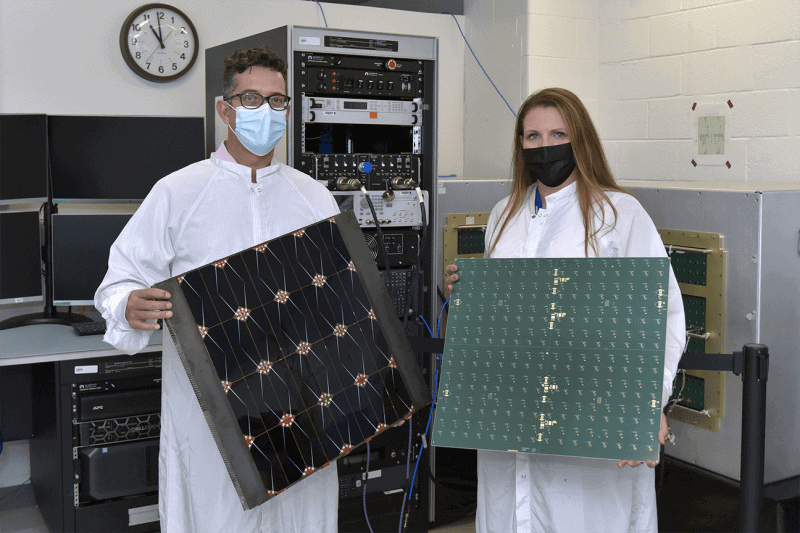Clean, renewable energy for everyone. Yes, that’s right, the Air Force Research Lab (AFRL) has successfully conducted a ground demonstration for converting solar energy to microwaves. This breakthrough brings us closer to having a renewable power source not just for military operations and space vehicles but also for the people on Earth.
The Space Solar Power Incremental Demonstrations and Research program of the AFRL and Northrop Grumman aims to collect solar energy from the Earth’s atmosphere as these are purer forms of light energy that do not compare to the ones we feel on Earth. This can be done by sending microwave energy from a rectennas, a rectifying antenna that can convert electromagnetic energy into DC electricity.
However, the main problem is not the collection but rather the transmission of this energy to Earth so that it can be used on the ground for a variety of energy-related purposes. Well, this problem appears closer to being solved as the AFRL has successfully developed a tile that can convert the sun’s light energy to microwaves. This conversion is necessary as light energy has wavelengths anywhere from 300 to 700 nanometers, while microwaves are about 1 to 300 millimeters. This means that sending the light energy to Earth is now possible!
The program, which had started in 2018, is looking to finish its first successful transmission in 2025 with its $100 million budget. However, this does not come easily. In a statement made by AFRL mechanical engineer Kyle Gleichmann, there is still a considerable loss of power from the necessary conversion process with the light waves to microwaves. Therefore, the process needs to be more efficient. This means the transmission must be much more focused, like a narrow beam.
Furthermore, the tiles needed for collection need to be thinner so that launching them into space can be more cost-efficient. Scientists have said that the possibilities of this newfound technology are endless. For example, solar panels on Earth need direct links to the sun’s rays to obtain energy. With a system that converts microwaves, people can theoretically harness the sun’s energy whether it’s day or night, cloudy or sunny because microwaves can go through the clouds. Furthermore, this technology can provide energy for places without any other source of power, thus reducing reliance on fossil fuels.
However, this does not mean that this technology is a direct substitute for traditional solar energy collection on Earth, as it was estimated that 1,000 square meters of tiles would be needed to provide power to just one forward operating base, but if these tiles can be made more efficient in their collection and the conversion loss problems fixed, this could be the energy source of the near future.

